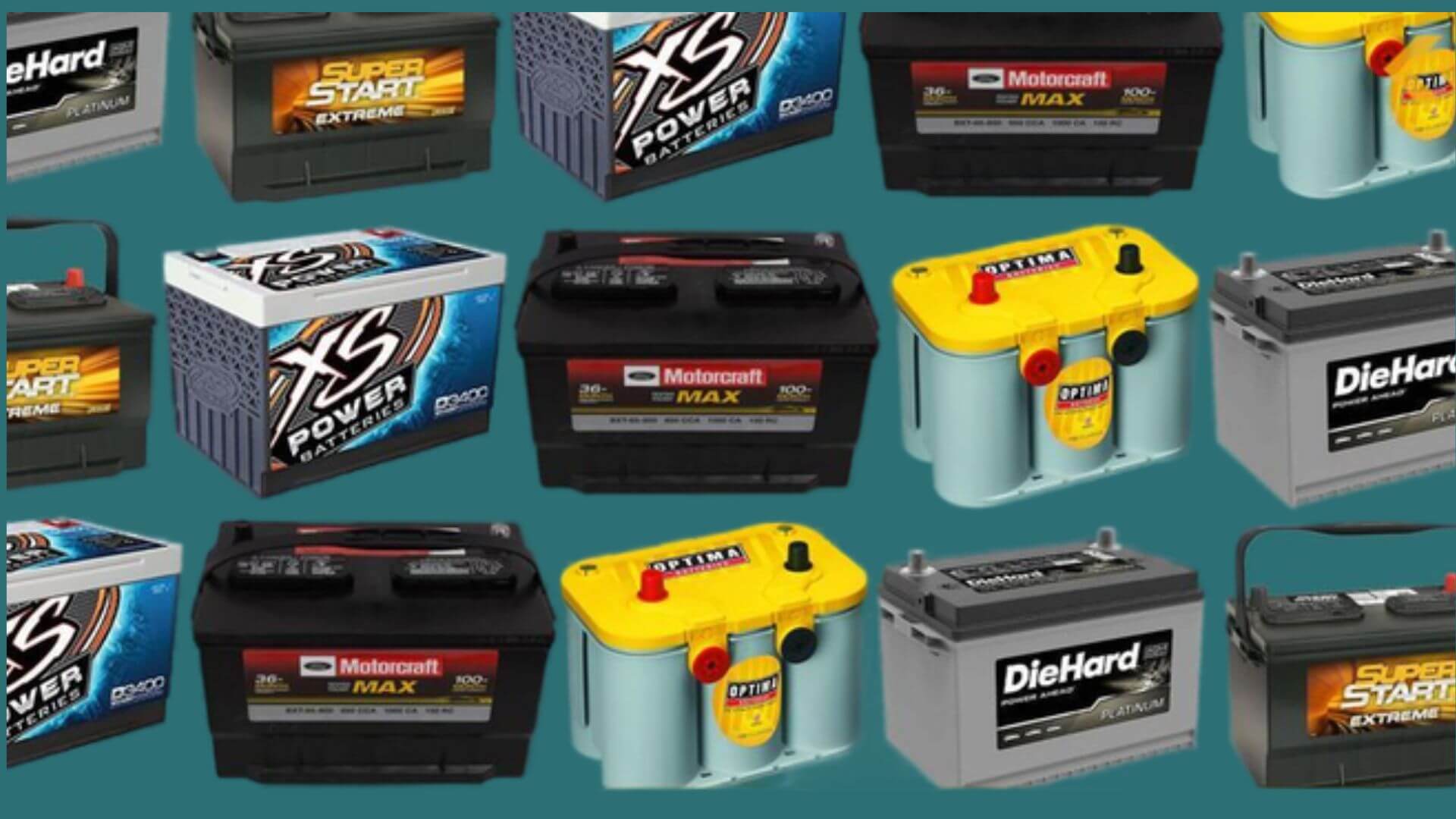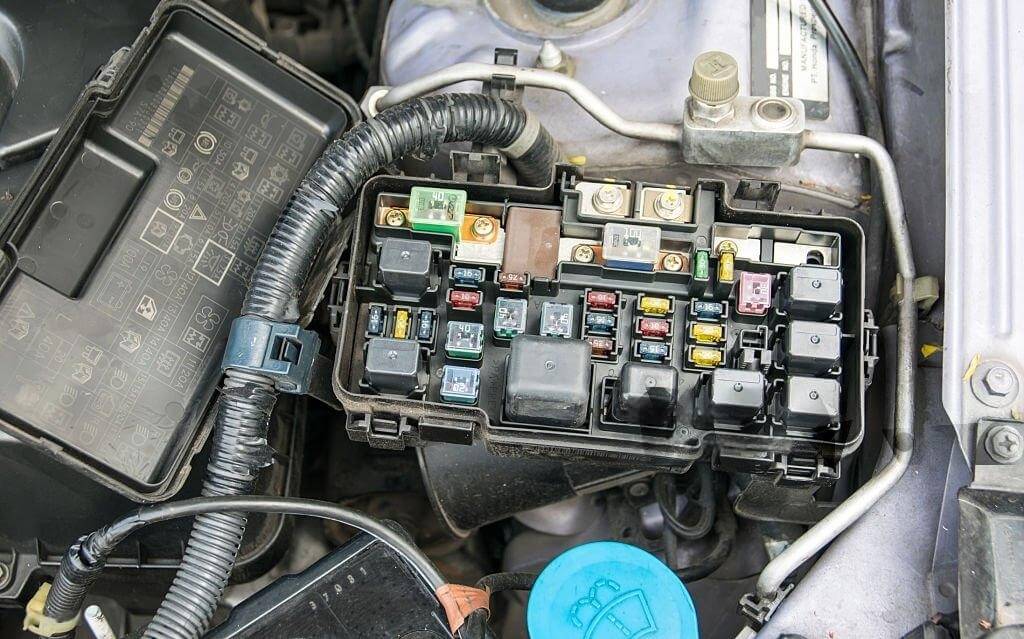How Much Does a Car Battery Cost?
Understanding the cost of a car battery is crucial for every vehicle owner, as it's an essential component that inevitably needs replacement. Car battery prices can vary significantly based on several factors, leaving many wondering, How much is a car battery?
This guide will explore the range of car battery costs, types of car batteries, factors influencing car battery prices, and what you can expect to pay when it's time for a replacement. Whether you're budgeting for future expenses or facing an immediate need, knowing the typical car battery price range will help you make an informed decision.
Types of Batteries
There is not only one type of car that people drive nowadays – they differ in broad spectra with respect to the internal mechanics. Consequently, there is not only one type of battery that all cars must suffice. Like cars, their batteries differ to provide the expected power needed.

Lead Acid Batteries
For example, one common type is that of Lead-Acid batteries – they are the earliest, standard, durable and reasonably priced. They do vary further into two types: flooded and sealed – with the former Lead-Acid battery type requiring its electrolyte levels checked and topped off with distilled water regularly while the latter being maintenance-free until it dies off.
Lithium-Ion Batteries
Moreover, there are also these Lithium-Ion Batteries that the automotive industry offers. With these types, of which Lithium Iron Phosphate battery is the commonest example, there has been an improved energy density, a lighter weight and a longer lifespan as compared to an ordinary Lithium-Acid battery.
AGM Batteries
Another battery type is Absorbent Glass Mat (AGM) battery. In simple terms, this type of battery has its electrolyte held in place by a porous microfibre glass. In contrast to the Lead-Acid batteries, AGM batteries have gained favour in recent years due to their improved performance and adaptability; their battery design largely offers vibration resistance, quicker recharging and longer cycle life – a quality everyone would dream for his car battery. The most striking feature of this type of battery that no other type has qualified for is its ability to support start-stop technology of modern cars that automatically shuts the engine down at a traffic stop.
Gel Cell Batteries
Then there comes another type called Gel Cell Battery. Instead of containing a liquid electrolyte like a Lead-Acid Battery, batteries of this type contain a gel electrolyte just like AGM batteries do. This in turn proves the electrolyte to be immobile making the battery spill-proof, extremely resistant to hot temperatures, physical vibrations and to electrolyte evaporation. The fault with this kind of battery is that it generates fewer cranking amps; in other words, lower ability to deliver electric current when starting an engine at a colder temperature, is expensive and less commonly used for standard passenger cars.
How Much is a Car Battery
Now that we are aware of the most common types of car batteries in the market, we must return to answer the original question of how much does a car battery cost? Following varying batteries with some offering more valuable qualities than the others, the most common battery types used are flooded Lead-Acid and AGM batteries. Depending on the make and model of your car, you can expect to pay around $185 to $300 for a standard flooded Lead-Acid car battery and around $250 to $400 for a premium Absorbent Glass Mat (AGM) battery type. For example, for a Honda Civic LX 2018 L4 1.5L Gas, an ultra-flooded 450 cranking amps providing battery costs around $190, and that which provides 500 cranking amps sells off for around $210. Similarly, for 2023 Toyota Prius Limited, an AGM battery which provides 410 cranking amps is priced $260.

Factors That Impact Car Battery Price
As one may point out, prices of a car battery vary a lot but what may be the reasons behind it? It is obvious that some batteries provide premium features which others do not. Like when a battery is suitable to start the engine of a car in cold weather conditions or when it guarantees to work in hot temperatures - these are considered premium options, and so will the cost increase. Following is some of the other factors that may impact a car’s price:
Type of battery: Even though FLA batteries have a lead in the automotive industry, the purchase of AGM batteries has been increasing in recent years because they have a longer lifespan and can provide greater electrical capacity to the modern cars that require greater power to drive the newest features they are being manufactured with.
Brand: No one wants to risk buying batteries from a new brand just like any other product, and so older brands which are reputable and manufacture batteries with longer lifespan and warranty, they put a higher price tag on their batteries.
Material: Compared to the years that have passed, lead-based batteries have increased in cost. This is because the material which is used to produce these batteries such as plastic and lead itself have had their prices increased. Moreover, with the escalating purchase of private cars these days, there has been a surging demand for car batteries. This has promptly put a greater number of workforces behind for building these batteries. Thus, the labour costs add to the final price of the battery.
Size of the Battery: There is no doubt that with the car’s size and load, the size of the battery must increase proportionally. With smaller cars, smaller batteries driving them is no issue. However, with larger and heavier cars, they need to be powered by a larger-sized battery to drive their engines. This directly means more material will be required to manufacture these batteries and thus their costs soaring high.
Cost for Car Battery Installation: although it is preferable to replace your car battery by yourself, in the US, most desire not to. With one calling in the professionals to install the battery, this adds to the total of car battery purchase.
Seller: Where you purchase a car battery can also affect its cost. Buying directly from a dealership is going to be more expensive than purchasing from a local retailer.
Where to Find a New Car Battery
Suppose you were indeed planning a road trip on the Pacific Coast Highway but find it early morning that your car’s battery has indeed died. What should you do next? The tradition is to walk to your nearest local automotive market and find a retailer there who sells batteries. However, there are other options available. Firstly, you may call directly to the maker company of the battery you have lost. In this era of widely available internet, companies who manufacture batteries have their websites up on the internet from which you may have their number and their help support called to re-install the battery. A bit expensive but something which will have your work done in an hour or two. In case you have another car to save your trip and the mentality to change your battery yourself, there are retailers online such as the AutoZone and BatteriesPlus who sell batteries and from whom you may order the batteries with one tap of a finger.
Conclusion
In conclusion, when dealing with a dead car battery, knowing the costs and types of replacement batteries can ease the process of re-installing a battery. With most people in the US having their cars use the standard Lead-Acid battery, there is also the AGM battery which is a bit more expensive.
Therefore, with different types of batteries follows varying battery costs. Premium features such as cold-weather performance or high electrical capacity can drive up costs. Reputable brands and larger batteries also contribute to higher prices. Installation by a professional can add extra charges, and purchasing directly from a dealership often costs more than buying from local retailers or online stores.
Moreover, in an emergency, when you desire not to ruin your trip or be it your interview, you may find a replacement battery at local automotive stores, through manufacturer websites, or online retailers.
FAQ
1. How do I decide on the replacement battery?
The specifications as set out by your vehicle manufacturer, the customer service and the quality of the materials used by the brand in question, the type of battery must be the factors you consider when making a choice of a replacement battery.
2. What is SLA, Sealed Lead Batteries?
SLA batteries have the same general chemistry as SLI batteries but utilize a gel or paste electrolyte rather than a liquid. This design change means an SLA can be utilized in applications without concern of "acid" leaks or spilling of electrolyte.
3. What is CCA, cold cranking amps of a battery?
CCA is a rating used in the battery industry to define a battery's ability to start an engine in cold temperatures.











